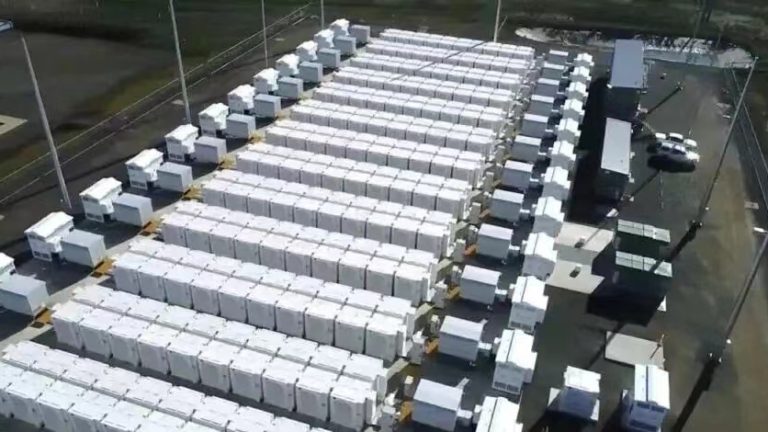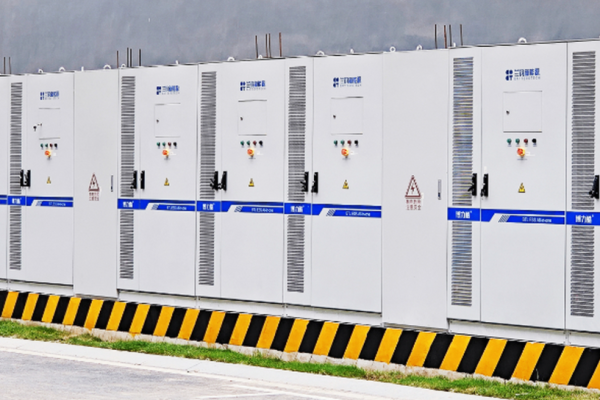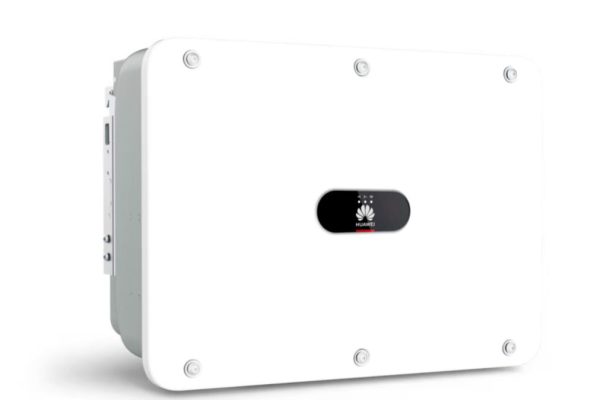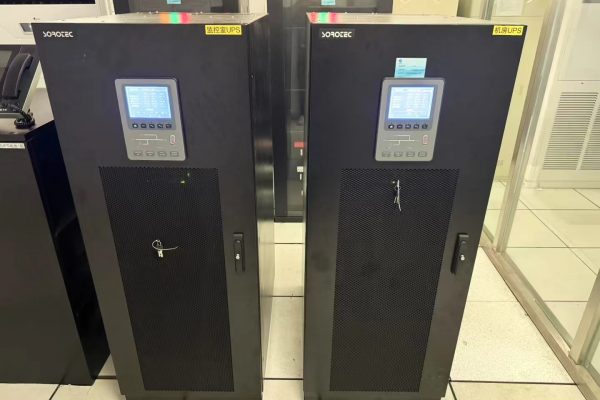What Works Best for Energy Storage, Renewable Energy, and Battery Energy Storage Systems (BESS) Suppliers
In the energy storage and renewable energy trade, payment terms often determine whether a deal moves forward or stalls.
While buyers focus on cash flow and project financing, suppliers care about risk control and predictable income.
For Battery Energy Storage System (BESS) manufacturers and integrators, the right payment method can mean the difference between smooth cash flow and serious financial exposure.
Let’s compare the most common payment methods in the storage industry — their advantages, risks, and best-fit situations.
1. The Importance of Payment Terms in Energy Storage Trade
Unlike consumer electronics or fast-moving goods, storage systems involve:
- High-value transactions (hundreds of thousands to millions of USD)
- Long production cycles (6–12 weeks or more)
- Complex logistics and installation phases
- Cross-border regulations and financing dependencies
That’s why payment terms are not just financial details — they are part of your risk management strategy.
2. The Main Payment Methods Explained
A. Telegraphic Transfer (T/T or Bank Wire Transfer)
This is the most common payment method in international trade.
Typical format:
- 30% deposit (down payment) before production
- 70% balance before shipment
✅ Advantages:
- Simple and fast for both parties
- Low bank fees
- Widely accepted across the energy industry
❌ Risks:
- For suppliers: Buyer may delay final payment
- For buyers: They pay part of the order before receiving goods
Best for:
- Medium to large BESS component orders
- Buyers with previous successful transactions
Pro tip:
Offer flexible split terms (e.g., 20%-50%-30%) for large projects to show cooperation.
B. Letter of Credit (L/C)
A Letter of Credit is a bank guarantee that payment will be made once documents meet specified conditions.
✅ Advantages:
- Safer for suppliers — bank guarantees payment if documents are correct
- Gives buyers confidence (especially for first-time transactions)
- Useful for high-value contracts or public tenders
❌ Risks / Challenges:
- Complex documentation
- High bank charges (1–3%)
- Longer processing time
- Risk of discrepancy rejection if paperwork is imperfect
Best for:
- First orders with new buyers
- Projects financed by banks or government agencies
- Multi-million-dollar BESS systems
Pro tip:
If you use L/C, train your documentation team — many delays come from errors in invoices, packing lists, or bill of lading details.
C. Documents Against Payment (D/P)
Under D/P, the buyer’s bank releases shipping documents only after payment is made.
✅ Advantages:
- Supplier retains ownership until payment
- Buyer sees proof of shipment before paying
- Lower cost than L/C
❌ Risks:
- If buyer refuses to pay, goods may get stuck at port
- Difficult to resell custom BESS systems
Best for:
- Medium-risk buyers with known payment record
- Commodity components (cells, inverters) rather than full systems
Pro tip:
Always check the buyer’s local import rules and customs regulations before choosing D/P.
D. Open Account (O/A)
In an Open Account, the supplier ships goods first, and the buyer pays later — usually within 30, 60, or 90 days.
✅ Advantages:
- Attractive to large or strategic buyers
- Strengthens long-term partnerships
- Can support steady order flow
❌ Risks:
- High risk for suppliers — payment delay or default
- Requires credit insurance or strong trust
Best for:
- Long-term partners
- Buyers with high credit rating or backed by bank guarantees
Pro tip:
Use export credit insurance (e.g., Sinosure, Euler Hermes) to protect your cash flow when offering O/A terms.
E. Partial Advance + Balance Against Copy Documents
This hybrid method is common in mid-size BESS projects.
Structure Example:
- 30% advance payment to start production
- 70% balance after seeing copy of Bill of Lading (via email or fax)
✅ Advantages:
- Faster than L/C
- Safer than full T/T before shipment
- Balances buyer-supplier trust
❌ Risks:
- Still requires mutual confidence
- Limited protection if buyer cancels after shipment
Best for:
- Returning customers or established partnerships
- Projects with predictable logistics timelines
3. How Payment Terms Reflect Trust Levels
| Buyer-Supplier Relationship | Recommended Payment Term |
|---|---|
| New buyer, first deal | L/C at sight or 50% T/T advance |
| Returning buyer | 30/70 T/T or D/P |
| Long-term partner | 30/60-day O/A or flexible schedule |
| Strategic joint project | Customized milestone payments |
Building long-term trust allows suppliers to gradually move from secure to flexible payment structures.
4. Special Payment Scenarios in the Storage Industry
⚙ EPC Projects and Utility-Scale Systems
- Often financed through project loans.
- Payment follows milestones (e.g., 20%-50%-30% for design, delivery, commissioning).
- May involve bank guarantees or performance bonds.
📦 Component or Module Exports
- Shorter cycles → 30/70 T/T works well.
- Less paperwork, faster delivery.
💰 Distributors and Channel Partners
- Common to offer small credit lines (O/A) after several successful orders.
- Helps them stock inventory for local markets.
5. Risk Management Tips for Suppliers
- Check buyer credit — Use trade platforms, credit agencies, or chambers of commerce.
- Set payment milestones for large projects (e.g., design approval, shipment, site commissioning).
- Use escrow or third-party financial platforms for high-risk buyers.
- Document everything clearly — quotation, PI, contract, and shipment proof.
- Don’t rush to offer credit — build payment history first.
6. How to Communicate Payment Terms Professionally
When buyers ask for longer terms, respond strategically:
✅ “We understand your financing timeline. For the first project, we can start with a 30/70 T/T structure, and after successful cooperation, we can consider flexible terms.”
Avoid saying:
❌ “We don’t trust new buyers.”
Always keep the tone professional and cooperative.
7. Future Trends in Energy Storage Trade Payments
- Digital Trade Finance: More suppliers are using online platforms to insure or finance invoices.
- Blockchain-Based L/C Systems: Faster, paperless documentation.
- RMB/Local Currency Transactions: Growing in Asian and Middle Eastern markets.
- Milestone-Based Smart Contracts: Automatically trigger payments upon verified delivery.
The industry is moving toward transparent, secure, and tech-enabled payment ecosystems.
8. Final Thoughts
In the energy storage and renewable energy industry, choosing the right payment method isn’t just about financial security — it’s about building sustainable partnerships.
Suppliers should prioritize safety and cash flow, while offering reasonable flexibility to attract buyers.
Buyers should understand that fair payment terms reflect shared responsibility in volatile markets.
The ideal approach is not one-size-fits-all, but a balance between trust, transaction value, and market risk.
Whether you choose T/T, L/C, D/P, or open account, always combine it with clear contracts, verified buyers, and transparent communication — that’s how professional BESS suppliers succeed in global trade.









